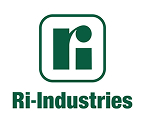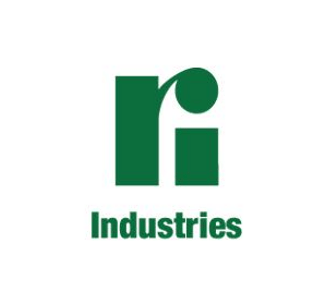If you’re interested in conserving water at home, our Ri-Treat Waste Water Treatment System can help. It will reclaim your waste water by recycling and reusing water around the home. Here is how it works:
- Waste water from your household plumbing fixtures flows into a series of drainage pipes below your home.
- The waste water then enters the main drain which is connected to your Ri-Treat Waste Water Treatment System.
- Waste water then flows into the first chamber where it undergoes settlement and digestion for a minimum of 24 hours. This is the anaerobic part of the treatment process.
- Settled wastewater then flows from the primary septic chamber into aeration chamber 1 where air is pumped through in fine bubbles providing the distribution of air and turbulence required for effective treatment of the waste water.
- Turbulence causes liquids to travel in a circular motion through the bio filter medium which encourages biomass growth.
- The biomass incorporates nutrients and oxygen from the water leading to a reduction of impurities as the effluent passes through the system.
- Effluent and sludge then pass into the settlement chamber where the sludge settles to the bottom before being returned to the primary chamber along with scum which floats in the settlement chamber.
- Settled effluent water passes through the chlorinator into the irrigation chamber where it’s held for irrigation and is pumped out when the chamber is full – approximately 450 litres.
- After the household waste from the toilet, kitchen, and laundry have entered the Ri-Treat Waste WaterTreatment System, it is now separated and has digested the solid waste using a natural process to purify the wastewater.
- This odorless, clean, disinfected water is then reused through sprinklers in your garden.
The Ri-Treat Waste Water Treatment System allows you to recycle water all year long, not just when it rains.
If you have questions regarding the Ri-Treat Waste Water Treatment System or would like information on purchase and installation, please call us at 8444 8100.


